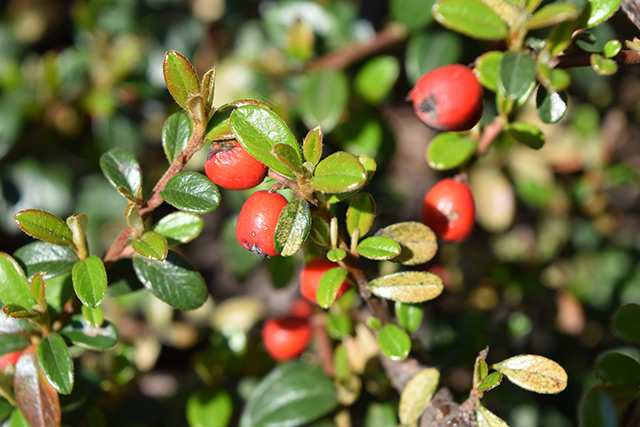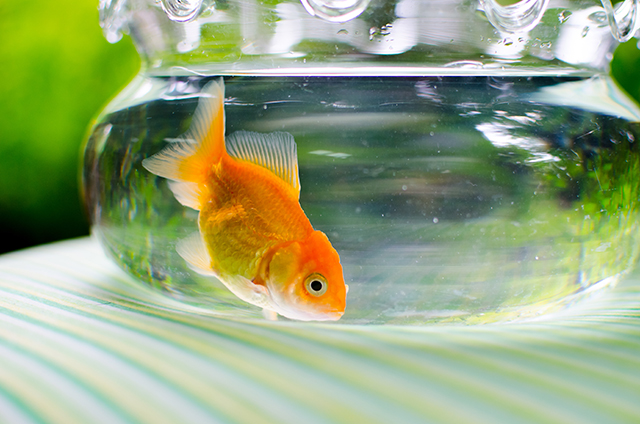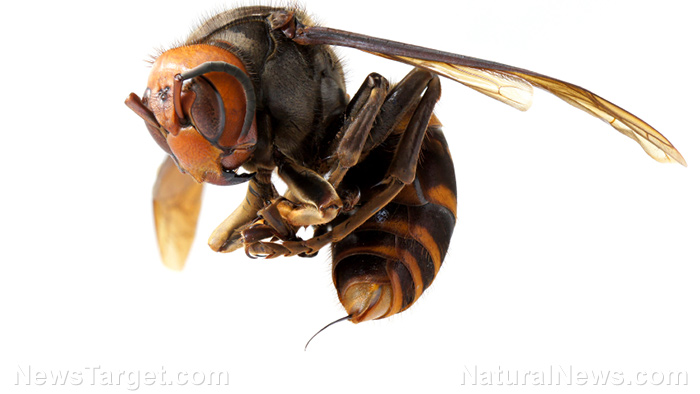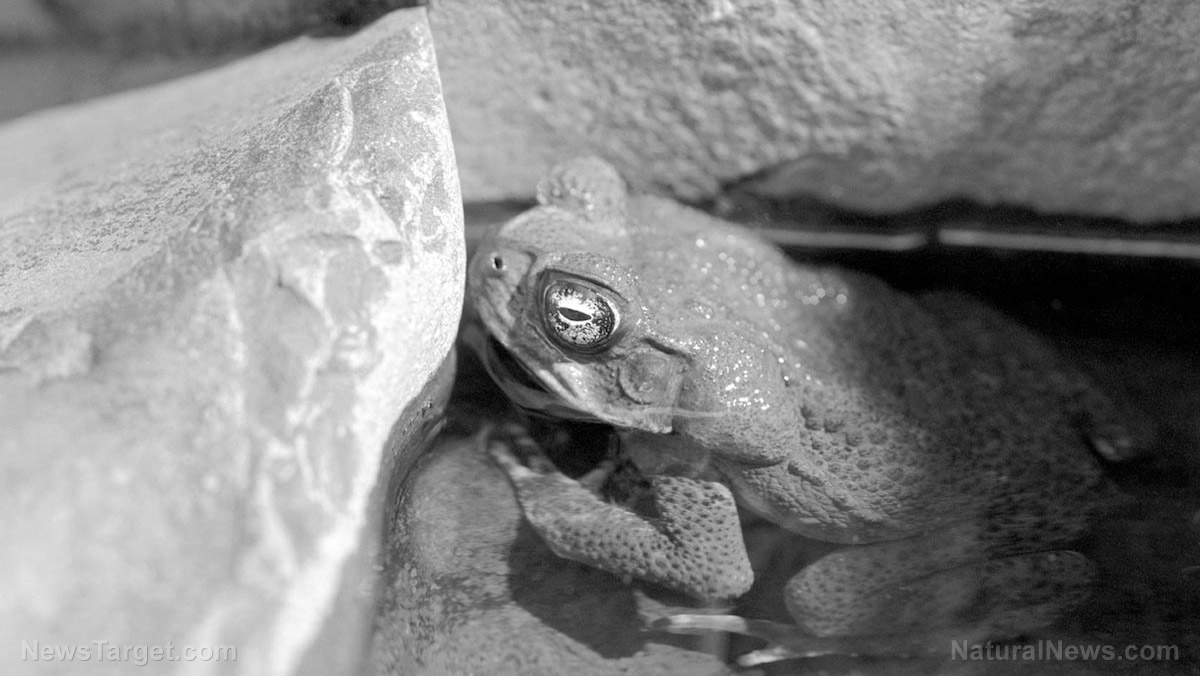
Tallows grow three times faster than most native hardwoods, far outpacing native maples, oaks, cypress and elms. Each tallow tree produces 100,000 seeds a year.
The U.S. Forest Service data show that tallow are spreading across 10 states. Its growth nearly tripled in Texas in the last two decades, and increased 500 percent in Louisiana. Populations also are up along the Atlantic coast, from Florida to the Carolinas.
Tallow tree oils have been used in candle- and soap-making. Beekeepers also like their bountiful nectar.
However, ecologists say these trees disrupt the diversity of plants, trees, and insects, and weaken the food chain for birds and animals with their toxic leaves. Controlled fire and herbicide sprays haven't stopped their spread, and cutting them down works only when each stump is immediately doused with chemicals.
"Chinese tallows are very competitive, and they have no natural predators here like in their native China," said Karan Rawlins, an invasive species specialist at the University of Georgia's Center for Invasive Species & Ecosystem Health.
Invasive plant specialist at Auburn University Nancy Loewenstein added: "Tallows take advantage of disturbances."
"Storms, floods, construction sites, logging sites, anything that disrupts the environment will give an invasive like tallow an opportunity to take over." (Related: Critical environmental collapse: Hundreds of millions of trees are dying in North America.)
The scientists think that introducing the Chinese flea beetle (Bikasha collaris) from the tallow's native habitat in Eastern China could be the solution to controlling tallow population. Michael Massimi, environmental scientist and invasive species coordinator for the Barataria-Terrebonne National Estuary Program along the Louisiana Gulf Coast, assured that they are well aware of the implications of introducing non-native plants and insects.
"Importing an organism to help control another organism right off the bat doesn't sound very intuitively smart to do, but it turns out that especially with insects and plants, they've co-evolved over many millions of years, and in a lot of cases, the insect is very host-specific," said Massimi.
Massimi points to a similar situation wherein the aquatic weevil controlled salvinia, a floating fern from Brazil that had been clogging waterways in Florida and Texas, and the weevil's main food source. Massimi said that the weevil underwent a similar line of testing through the U.S. Department of Agriculture (USDA), and that the weevil spends its entire life-cycle on one plant.
This is also the case for the Chinese flea beetle. It generally ignores other plants as it eats the roots and leaves of the tallow. According to the researchers, this host-specific tendency was tested on about 150 other plant species in a decade of laboratory work in the U.S. and China.
The USDA's Animal and Plant Health Inspection Service has been working on an environmental impact assessment, which will include a public comment period.
"We still have 40-plus acres that are 95 percent Chinese tallow, so we have a lot of work to do, and it's going to be a long, long haul," said Llewellyn Everage, who directs volunteers and interns at the site. "This is not a quick problem to fix."
Invasive vs. native species
Introducing non-native species could have huge implications to the overall balance of any ecosystem, as well as the survival of the native species. The Washington Post shares a list of some of the most destructive invasive animal species that made their way into the U.S. and thrived ever since.
For more about environmental issues, visit Environ.news.
Sources include:
Please contact us for more information.























